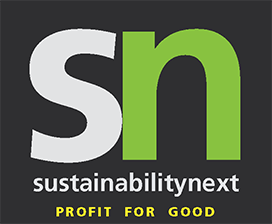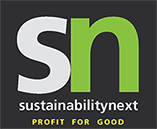Highlights
#1ranking for third year in a row by Corporate Information Transparency Index (CITI)
200K+ metric tons of waste diverted from landfills in 2016
2.1M+ Supplier Employee Education and Development (SEED) students since inception (2008)
$2.6M reimbursed to over 1,000 people for overcharged recruitment fees in 2016, amounting to $28.4M to over 34,000 people since 2008
100% third-party audit participation for tin, tantalum, tungsten, gold, and cobalt smelter/refiner partners
2.4M+ workers trained on their rights in 2016, 11.7M+ workers trained on their rights since 2008
98% compliance with 60-hour workweek standard
What it means in real terms
Saved more than 3.8 billion gallons of fresh water since 2013 – enough to provide every person on the planet with 18 glasses of water
Tripled the number of supplier sites in the Energy Efficiency program, resulting in the reduction of over 150,000 metric tons of carbon emissions — the equivalent of taking 31,000 cars off the road for a year.
Achieved 100% zero waste to landfill validation for all final assembly sites in China.
4 Gigawatts of Renewable Energy
Apple is advancing renewable energy usage by working with suppliers to create 4 gigawatts of renewable energy around the world by 2020 that will help power their facilities. In 2016, it tripled the number of supplier sites participating in its energy efficiency program, resulting in the reduction of more than 150,000 metric tons of carbon emissions.
A number of large suppliers have already committed to power all Apple manufacturing with renewable energy by the end of 2018. These commitments will reduce carbon emissions by 7,000,000 metric tons per year, the equivalent of removing 1,500,000 cars from the road for a year.
More than 99% of the paper used in packaging comes from either recycled wood fiber or sustainably managed forests and controlled wood sources.
Source – http://www.apple.com/supplier-responsibility/







